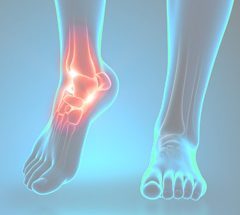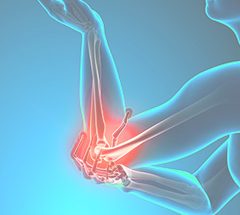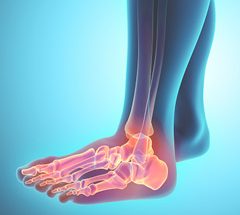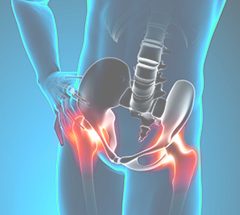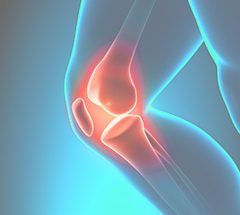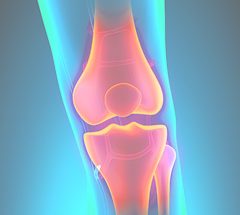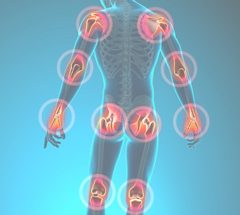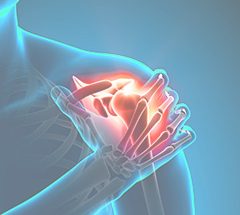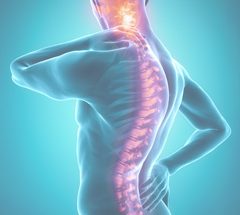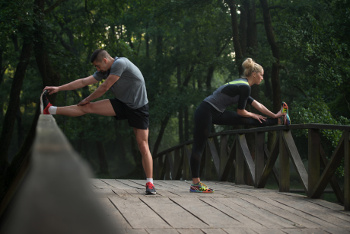
Stretching your muscles is just like anything else; there is a method to the madness. This simple exercise is extremely important for maintaining healthy flexible joints and muscles.
Simple stretches will not only help you avoid injury and improve your fitness, but they can also lead to better posture and fewer aches and pains. The increased blood flow and circulation that is stimulated after a good stretch sends more oxygen to your brain making you feel happier and healthier.
Lets examine the best and worst ways to stretch so that you can get the best out of your workout.
What NOT to do when stretching
First lets talk about the “don’ts” of stretching.
There is some controversy about the effects of stretching in the morning. It has been shown that stretching in the morning can be great for your mood and the condition of your joints. However, it is critical not to stretch right when you wake up, especially if you have a lower back injury. As you sleep your spine is filled with fluid, which puts your back at risk for injury if you stretch as soon as you get out of bed. Have a coffee and wait an hour, then begin your morning stretches.
If you are just beginning a stretching routine, or have recently ramped up your workout routine, your muscles may be extremely tight. Thus, when you stretch your body may be thrown into a very intense stretch. Make sure NOT to hold these intense stretches for more than 20 seconds. Doing so will cause a lack of oxygen to reach your muscles. This chain reaction will increase the development of connective tissue, working against you in the flexibility department. So, keep those intense stretches short and over time they will become easier as your flexibility improves.
One of the biggest DON’TS when it comes to stretching is never hold your breath! By holding your breath while stretching, you are depriving your muscles of the oxygenated blood they need. In doing so you are building up more lactic acid, which can cause extreme pain. Similarly, when you inhale your muscles will contract. If you do not exhale these muscles will continue to contract, causing your muscles to tear. It is very easy to not realize that you are holding your breath while stretching, and thus extremely dangerous. So, instead of focusing on the stretch itself focus on taking 3 to 5 breaths while holding the stretch. This will help you deepen your stretch and avoid injury.
What you SHOULD do when stretching
One of the first things that you should do when beginning a stretching routine is, take note of the tight muscles in your body. To scan your body for tightness, use small normal movements to see which areas are most restricted. These are the areas that you should focus your energy on. Stretching these muscles first is important because tight muscles can restrict your range of motion while you are exercising. Remember though, don’t hold these intense stretches for more than 20 seconds, or you could risk injury.
Another important DO in stretching is: utilize traction. Doing so will increase the range of motion in your stretch, and reduce pressure that is applied to your joints. Traction stretching techniques include using a resistance band attached to a stationary object, or solely use the stationary object to enhance your stretch. Traction stretching not only intensifies your stretch, but it also eases the stress on your joints.
When exercising, it can be very useful to stretch between workouts. In this manner you are able to stretch out the muscle you are building. This releases tension in the muscle you are training, allowing it to grow. If you really want to become flexible it is important to stretch often. By stretching in between workouts you are effectively stretching more often, greatly increasing your flexibility and your muscle’s ability to grow.
Stretching if you have bad posture is extremely important! Over time your muscles will begin to shorten (if they are not stretched), which can enhance bad posture. While bad posture can come from genetics, it can also be related to exercising with a limited range of motion. Thus, stretching these muscles regularly can help prevent the pain that comes with bad posture.
The final must, when it comes to stretching, is static stretching. Doing some static stretches at the end of a workout will not only increase your flexibility, it will also reduce your soreness the next day. Nobody likes to feel sore after a good healthy workout, so why not take a few minutes at the end of your workout to stretch? You will feel better, have a lower risk of injury, and your muscles will develop better.
Always Stretch
Staying active and exercising is one of the most important things that we can do for a healthy lifestyle. However, without adding a stretching routine, exercising can become risky.
So, follow these basic rules and you will have a successful routine that will keep you happy, healthy, and free of injury!
Citation: Catanzaro, John Paul. “How To Stretch Properly: The Do’s And Don’ts Of Stretching.” Bodybuilding.com. Bodybuilding.com, 25 Sept. 2014. Web.

